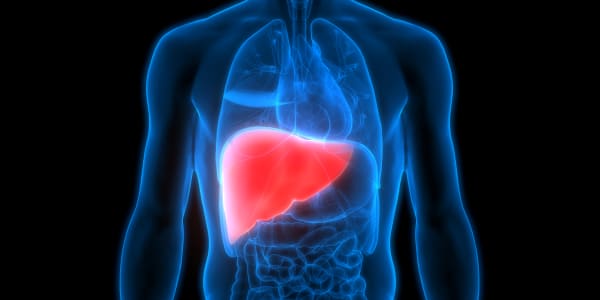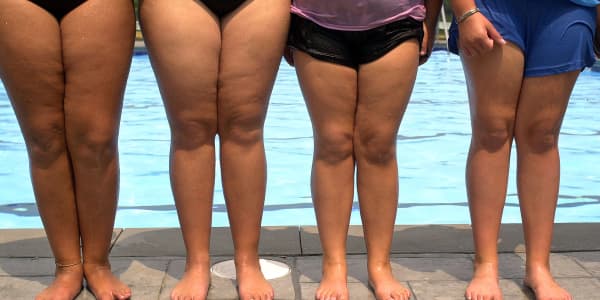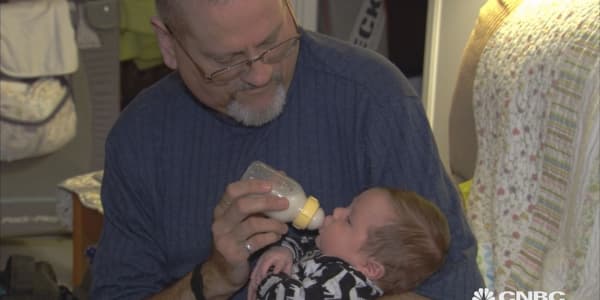Imagine being able to grow a liver in a laboratory from cells and tissue for a transplant patient. Or engineering cells to grow into a heart valve to replace one damaged from heart disease. Around the world, start-ups — like Tokyo-based Cyfuse Biomedical — are emerging to develop such breakthroughs in the field of regenerative medicine. It is a market projected to reach $101.3 billion by 2022.
Unlike conventional medicines and treatments, regenerative medicines have the ability to restore or heal the body's own cells or create new body parts from a patient's own cells and tissues, thereby eliminating tissue rejection and the excessively long wait for a donor organ.
This would be a remarkable scientific achievement, considering that in the United States, 118,950 people are registered in the Organ Procurement Transplantation Network. Of these candidates, 22 die each day waiting for a lifesaving organ. The gap between supply and demand continues to widen, and it's a problem many medical experts have called a major health crisis.
Breakthroughs in bioprinting
It may sound like science fiction, but already scientists at Cyfuse have bioprinted blood vessels able to withstand 10 times the pressure of those already in the human body, according to Koji Kuchiishi, co-founder and former CEO.
Bioprinting works like this: Scientists harvest human cells from biopsies or stem cells, then allow them to multiply in a petri dish. The resulting mixture, a sort of biological ink, is fed into a 3-D printer that is programmed to arrange different cell types and materials into a three-dimensional shape. Doctors hope that when placed into the body, these 3-D printed cells will integrate with existing tissue.
While breakthroughs in central nervous system and cardiac treatments remain in the future for now, Cyfuse's Regenova bioprinter is attracting attention from the scientific community. The bioprinter is a robotic system that facilitates the fabrication of 3-D cellular structures by placing cellular spheroids in fine needle arrays according to predesigned 3-D data. Among Cyfuse's goals: to treat spinal injuries and heart failure.
This year the company transplanted human neural tissue into the brain of a small animal with positive results. Blood vessels migrated into the transplanted tissue and the graft was healing after a month.
Cyfuse has also started a clinical trial of a cartilage project, transplanting its stem cell construct into damaged articular cartilage that will gradually differentiate into cartilage and bone and regenerate the tissue.
Cyfuse is one of a growing number of tech start-ups trying to get a toehold in the global marketplace. The sector is blossoming due to innovations in stem cell therapy and tissue engineering. North America accounted for nearly 50 percent of revenue share of global market revenues for regenerative medicines in 2016. Europe is second, at US$24 billion, with Germany leading the region.
Japan and South Korea are steadily gaining ground, however. Japan's Ministry of Economy, Trade and Industry forecasts the regenerative medicine market to grow to 1 trillion yen ($9.6 billion) domestically by 2030.
With technological adoption and emphasis on research of these medicines, Asia-Pacific is currently one of the fastest-growing regions for regenerative medicine.
The medical power of Japanese art
While there are several companies around the globe leading the 3-D bioprinting space — including Organovo in San Diego, Aspect Biosystems in Vancouver, 3D Bioprinting Solutions in Russia and Rokit in South Korea — Cyfuse says its Kenzan method, a proprietary technique developed by Cyfuse co-founder and human tissue engineer, Koichi Nakayama, differentiates it from the pack.
Named after the spikes used to secure flowers in place in the Japanese art of Ikebana, Kenzan relies on the cultivation of cell aggregates into spheroids that are skewered on stainless-steel spines in the bioprinter.
Regenova is also scaffold-free, meaning the printer fabricates tissue without needing to add any extraneous matter that might pollute it. And unlike many of the other bioprinters, there is no need for collagen or hydrogels; the cells produce their own extracellular matrix.
To unlock the potential [of bioprinting], it's going to take the marriage between the machine and the imagination of scientists.Dr. David Yuvice president of business development at Cell Applications
In February 2016, San Diego-based Cell Applications became the first U.S. company to use Regenova. In the same month, Virginia-based Lifenet, an institution specializing in regenerative medicine and transplants, became the first buyer anywhere in the world to purchase the system.
"I did a market assessment and review and reached out to a number of companies, including Cyfuse," said Cell Applications' vice president of sales and marketing Daniel Schroen, Ph.D. "Some of them were pretty far upstream from commercialization."
The Californian company is using the bioprinter to create 3-D tissue for a range of clients spanning academic and corporate research.
"We've printed small, tiny beating heart tissue here. We've also printed blood vessels," explained Dr. Schroen.
Medical schools are finding uses for the bioprinter as well. Pediatric cardiac surgeon Narutoshi Hibino of Johns Hopkins is using Regenova to develop bioprinted heart patches to patch the damaged hearts of patients with heart failure who are unable to cope with medication or receive complex cardiac surgery.
At the Indiana University School of Medicine, Dr. Lester Smith, assistant research professor of radiology and imaging sciences and manager of the school's 3D Bioprinting Core, is engaged in clinical biofabricating projects aimed at repairing bone and tendon damage and nipple tissue generation, as well as liver, pancreatic and breast cancer models for metabolic activity and drug-response analysis.
"The bioprinter holds promise to more naturally reproduce tissues in the body than other current bioprinting methods," said Dr. Smith.
More from Modern Medicine:
These new tech devices are the new painkillers
How to prepare for the next epidemic
Why America is losing the battle against its No. 1 killer disease
Now, with a staff of 23, the company has eight 3-D printer systems operating at Japanese universities and five in U.S. institutions and companies.
While Cyfuse's prospects seem bright, just how quickly futuristic ideas resembling science-fiction fantasy can be realized is unknown.
"This system has a lot of potential because it is unique in many ways," said Dr. David Yu, vice president of business development at Cell Applications. "To unlock that potential, it's going to take the marriage between the machine and the imagination of scientists.
— By Julian Littler, special to CNBC.com





